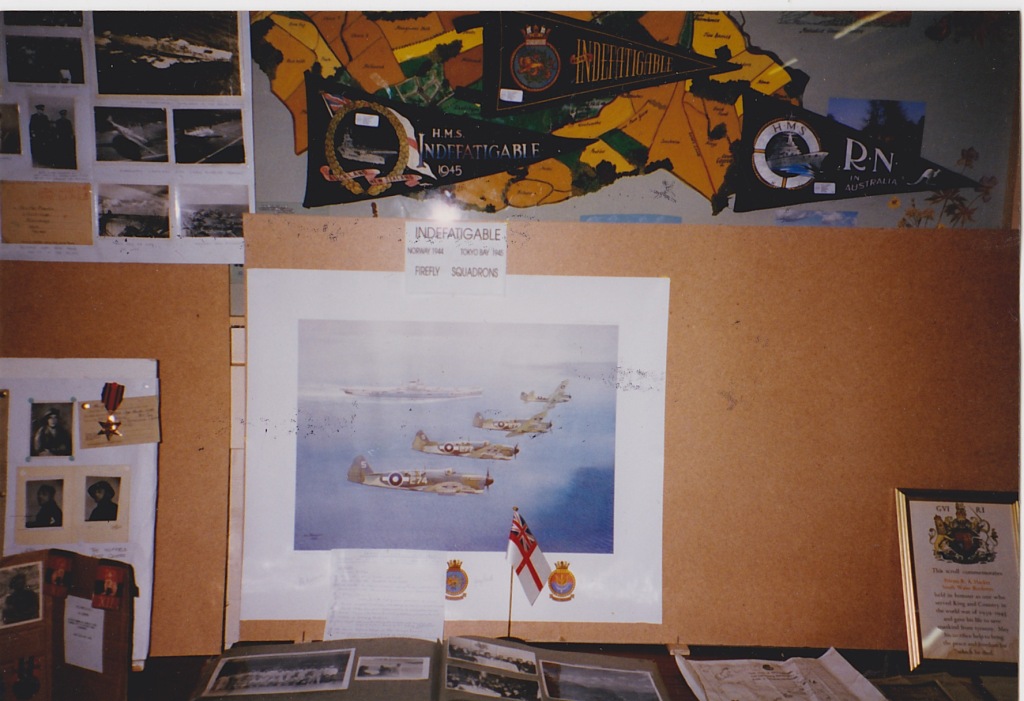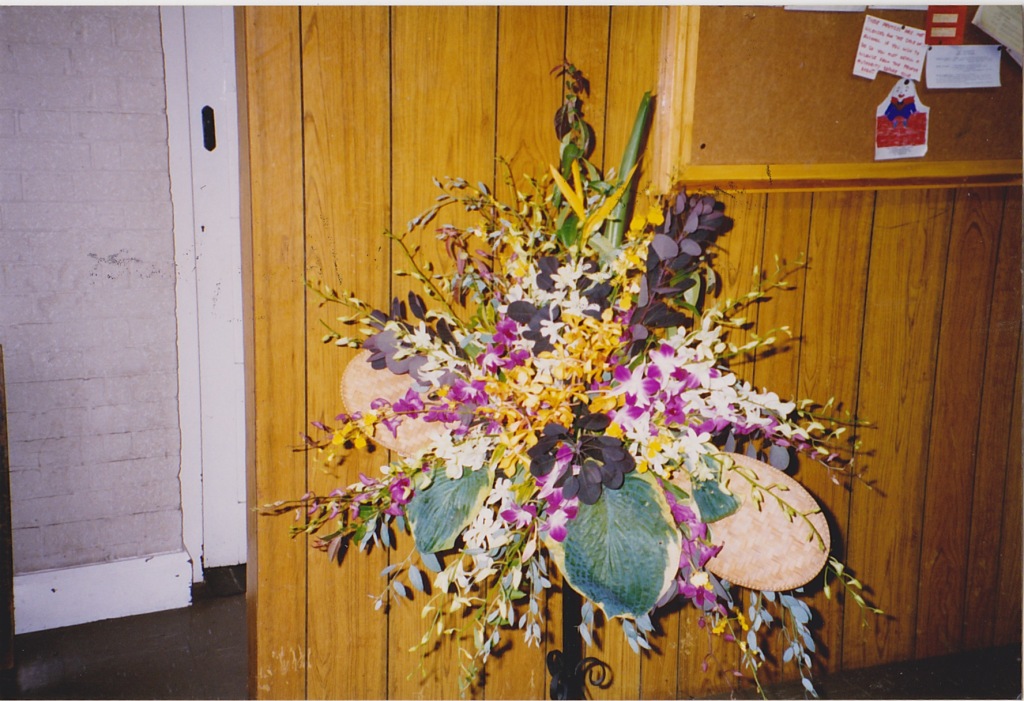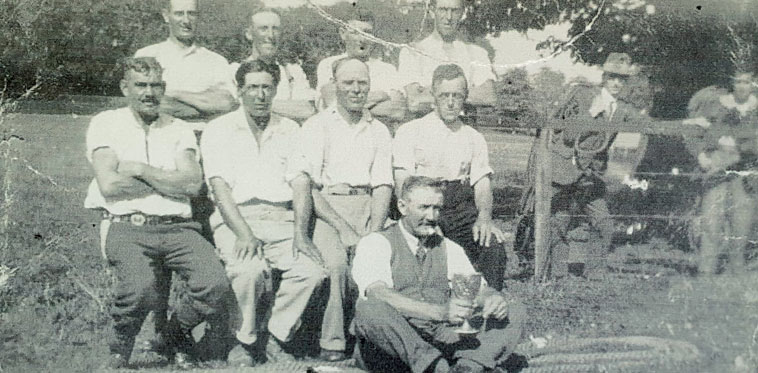
The Aldbourne Feast, one of the oldest and best known of Wiltshire village festivals, allowed to lapse during the war, was this year revived with much success … Even in the days immediately preceding the war, Aldbourne Feast was sometimes little more than a date in the calendar … For some years a flower show was held annually, but at no time in the memory of the present inhabitants has a programme of such an ambitious character been arranged as that which was carried out with great success during the early part of the present week.
North Wilts Herald 1 August 1919
‘The roundabouts, swings and sideshows arrived in the village on Saturday, and did a roaring trade on Monday’. The newspaper report went on to list the activities arranged for the purpose of raising funds to build a new Village Hall, in memory of the men of Aldbourne who gave their lives in the war. About £750 had been raised for this purpose prior to Feast in 1919.
In July 1919 there were sports in ‘Mr Wilson’s meadow’ (which did not include ‘backswording’) but did feature ‘many items of an exciting character, in which the representatives of the various hamlets within a six mile radius strove to excel each other in the performances, and displayed a real sporting spirit in the doing of it’. Tug-of-War, a hurdle race and obstacle bicycle race are listed. Plus ‘Bowling for a Pig’.
Mr A W Pembroke gets a couple of mentions in the article. Arthur Pembroke lived at Yew Tree House and as well as being in charge of Bowling for a Pig at the Feast celebrations in 1919, Arthur is listed as a member of the ‘special sports sub-committee’.
Arthur and his mother Annie (nee Penny, born Winterbourne Bassett) later gave the land upon which the Memorial Hall was built.
By the time Feast rolled round again in 1920 the village fund stood at over £1,000. In 1920 the North Wilts Herald listed a huge variety of sporting events, a baby show (judged by Dr Dill of Ramsbury – brave man!) and dancing in the evening accompanied by Aldbourne Prize Band. This time the bowling endeavours were directed to win a ‘pair of ducks’.
Feast in 1921 was ‘a much smaller affair than in previous years’ (North Wilts Herald 29 July 1921) however ‘in accordance with custom’ nearly every household had friends from a distance to visit or absent relatives home for the occasion. ‘Everyone thoroughly enjoyed the “fun of the fair”.’
In December 1921 the tender from Messrs Moulding Bros was accepted by the hall committee and building began shortly thereafter. The Aldbourne War Memorial Hall, a target determined in 1917, was opened by Lord Methuen on 7 July 1922.
See also:
- Aldbourne Feast, Revels and Rural Sports (posted 28 July 2020)
- Tug of War Tradition in Aldbourne (posted 29 July 2020)
- Aldbourne Cherry Feast? (posted 23 July 2021)
- Moving Pictures and Many Memories – featuring Aldbourne Feast sometime in the 1960s (posted 18 October 2020)







































